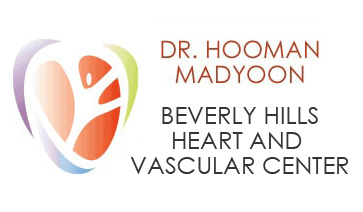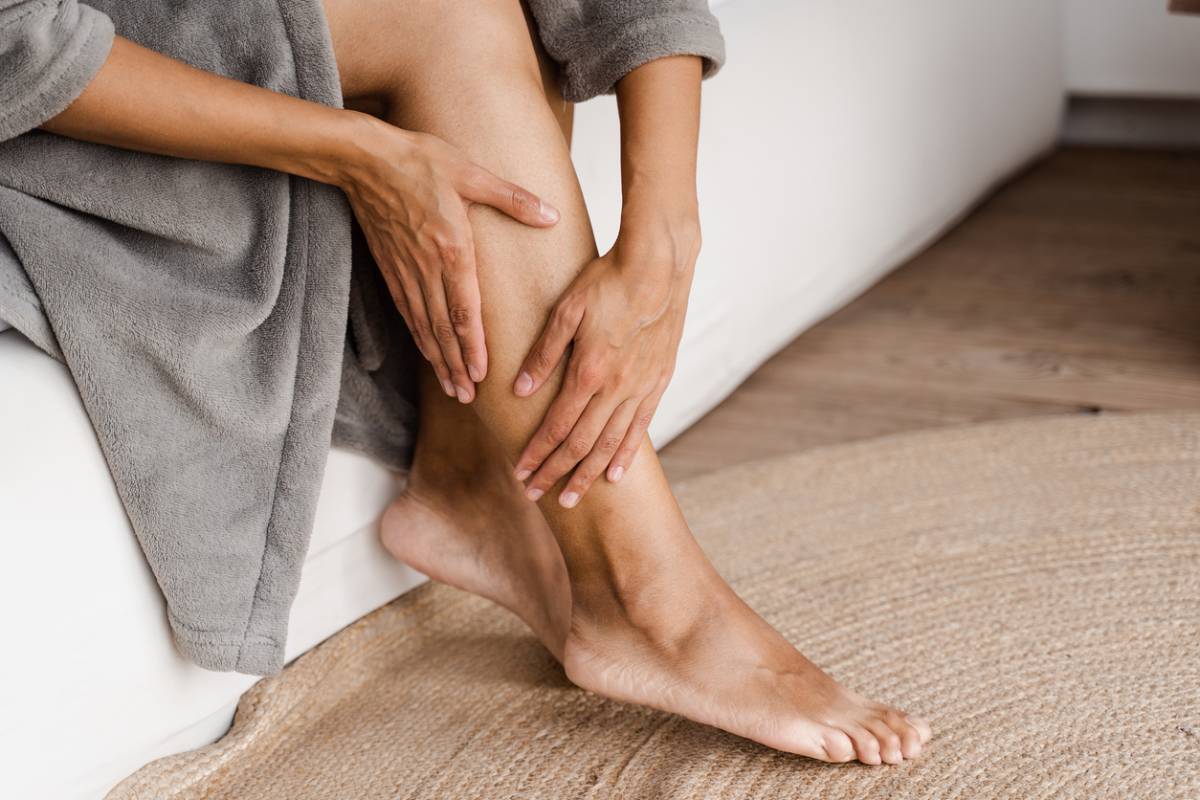Spider veins, medically termed varicose or dark purple veins, are thin and unsightly veins that can appear on various parts of your body, often resembling spider legs. That gives them their creepy name as they look like thin lines spread all over the skin. These veins typically manifest on the legs, arms, back, and buttocks. Below, we cover our top 5 spider vein risk factors.
Top 5 Spider Vein Risk Factors
Understanding the major causes behind these spider veins is crucial, as it enables you to take preventive measures to avoid them. In this article, we outline the top 5 spider vein risk factors that our vein and cardiovascular specialist wants you to get familiar with. Knowing these risk factors can help you steer clear of these vein-related issues.
Dehydration
Proper hydration is essential to maintaining good overall health and is directly related to varicose vein symptoms. Water is the most important component of a healthy, fiber-rich diet. Flush out toxins from your system and reduce cramping by drinking enough water on a daily basis. It’s crucial to avoid beverages like milk, soda, and alcohol, as they can lead to dehydration and dry out your veins.
A straw or a large water bottle can easily encourage regular water consumption and set reminders to stay hydrated throughout the day. Try using apps or other methods to track your water intake as well.
Lack of Physical Movement
You have probably heard before that physical movement is good for keeping your blood circulation flowing, and preventing cramps or muscle spasms. This can also help you avoid the appearance of spider veins. Simple daily habits can aid in reducing the spread of these veins, such as going for walks or doing light cardio exercises at home. There are also natural oils and lotions that can help to keep your skin healthy on its own. Apart from these simple and natural activities, you can seek professional solutions from our experts if you need a more proactive approach to treating your varicose veins.
Age and Genetics
Age is a significant factor in the development of spider veins, as well as other types of varicose veins. The elasticity of arteries and valves decreases with age, making varicose veins more likely to appear. Some individuals may notice varicose veins as early as their 20s, while for others, it might manifest in their 40s or 50s.
Genetics also play a role, as some people have a hereditary predisposition to develop varicose veins. If varicose veins run in your family, you may be more likely to develop them over time.
Pregnancy
Pregnancy brings about significant changes within the body, including increased progesterone levels. This hormone can cause veins to appear larger and wider, making it easier for varicose veins to emerge. As your body and skin return to their normal size a few months after giving birth, the visibility of these veins may go away on their own. However, if you continue to experience issues with varicose veins, seeking assistance from medical professionals is recommended and our experts can set up a personalized care plan for you.
Lack of Access to Treatment
Many people deal with growing spider veins because they simply don’t know what type of treatments are available. While completely avoiding the growth of varicose veins can be challenging, you can take steps to manage and control them. Here are some preventive strategies recommended by medical professionals:
- Avoid crossing your ankles or twisting your legs in uncomfortable positions.
- Elevate your feet and legs while sitting or lying down.
- Incorporate regular exercise and maintain a healthy weight.
- Use a pillow to support your back during sleep.
These are natural remedies and preventative measures that you can implement at home. However, for more direct solutions, consider consulting one of our friendly professionals at Beverly Hills Vein Center. We offer progressive solutions for spider vein removal, helping you restore your skin back to its youthful, natural beauty. Get in touch with us today to learn more!

